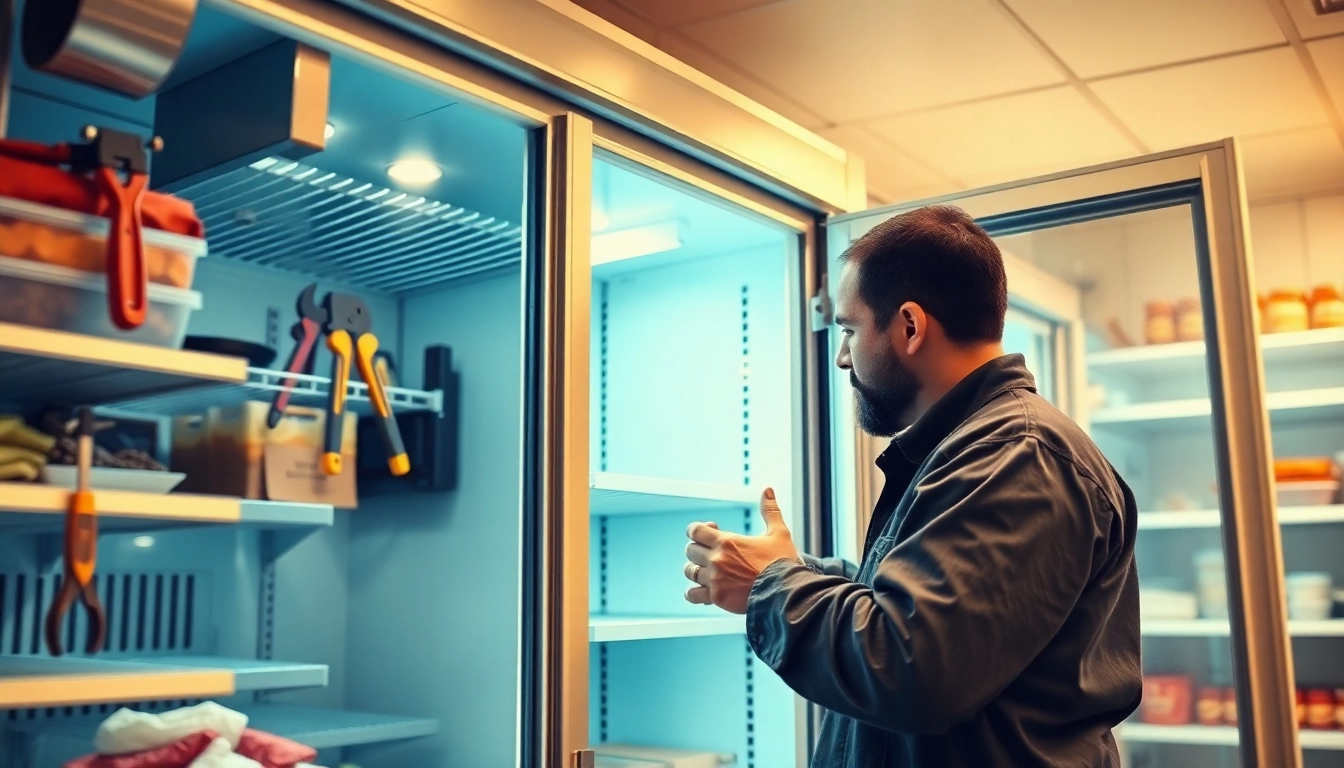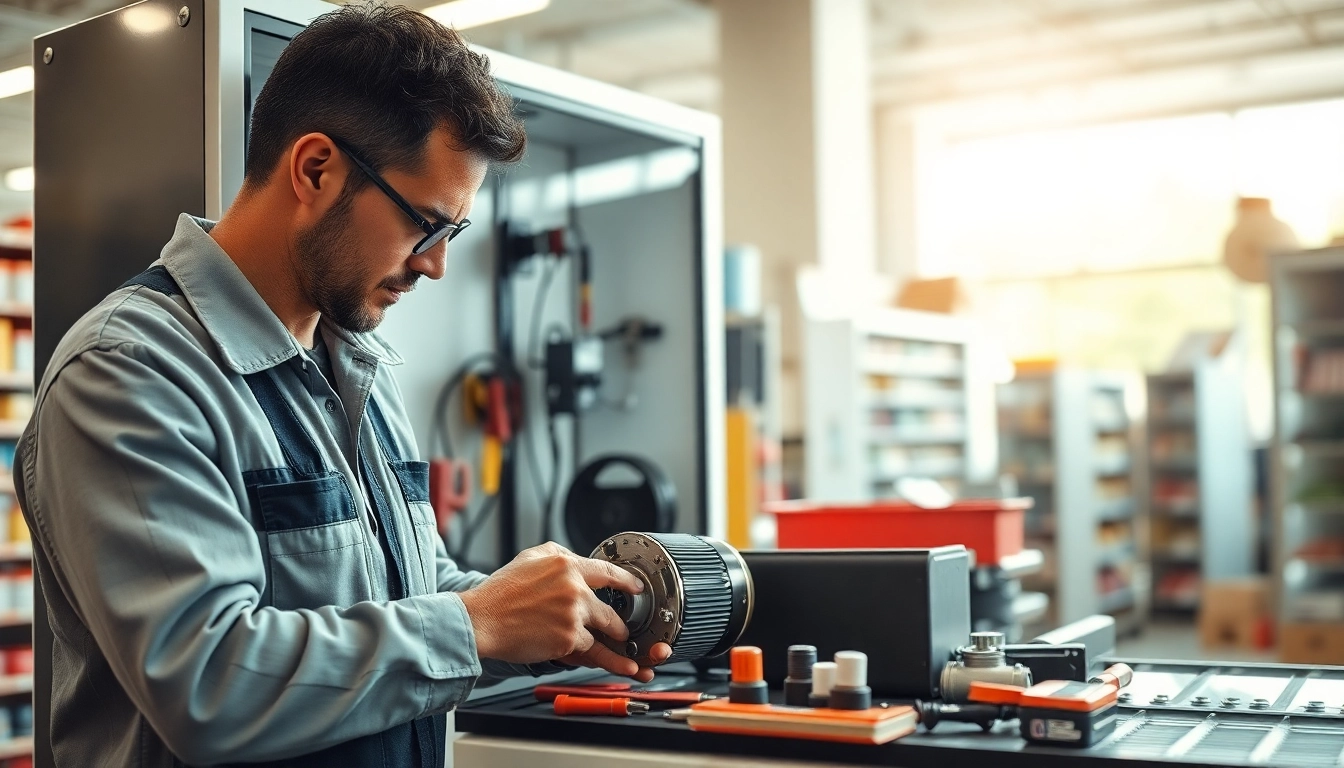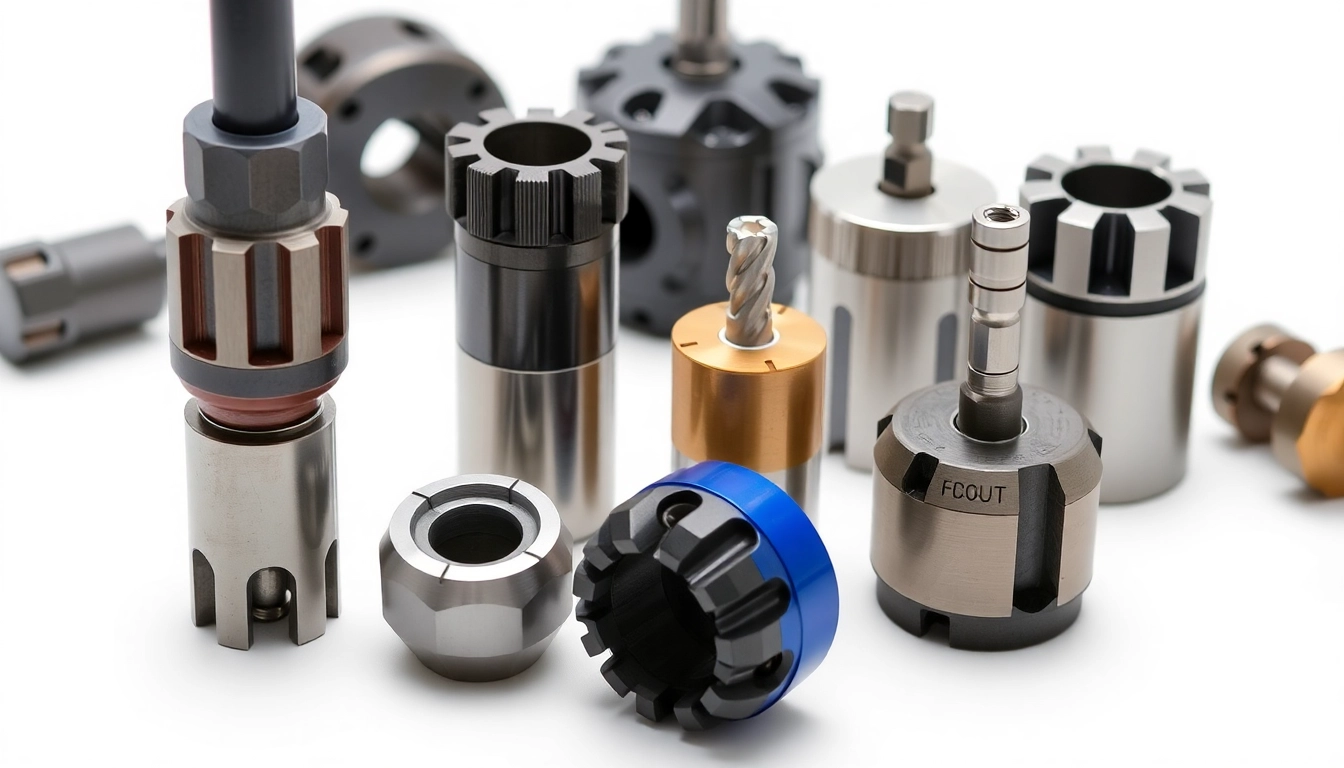Understanding Open Air Merchandisers
1. What is an Open Air Merchandiser?
An open air merchandiser is a type of refrigerated display unit designed to showcase perishable products, particularly in retail environments such as grocery stores and convenience stores. Unlike traditional enclosed refrigerators, open air merchandisers maintain temperatures suitable for fresh food items while allowing for easy access and visibility. This design enhances the shopping experience by making products like dairy, beverages, and fresh produce readily available to customers.
These units are typically equipped with multiple shelves and lighting to attract customers. The open design facilitates airflow that keeps items cool while encouraging impulse buys through visual appeal. Open air merchandiser repair is essential to keep these units functioning optimally, as any malfunction may lead to unsold perishable goods and financial losses.
2. Key Components of Open Air Merchandisers
Understanding the fundamental components of an open air merchandiser helps in diagnosing problems effectively and performing maintenance. Some of the key components include:
- Refrigeration System: The core component responsible for maintaining the desired temperature within the unit. It typically consists of a compressor, condenser, evaporator, and refrigerant.
- Display Shelves: These are arranged to maximize product visibility and accessibility.
- Lighting: Often integrated into the design to enhance product aesthetics and encourage purchases.
- Defrost System: Essential for preventing ice buildup, ensuring efficient operation of the refrigeration system.
- Control Panel: A user interface that allows the operator to adjust temperature and monitor performance.
3. Common Issues Requiring Repair
Open air merchandisers can experience various issues, leading to diminished efficiency or malfunctions. Some common problems include:
- Temperature Anomalies: Products may be too warm or too cold due to cooling system failures.
- Compressor Issues: The compressor may fail to start or run improperly, affecting overall cooling.
- Defrost Failures: Inefficient defrosting can lead to ice buildup and restrict airflow.
- Electrical Failures: Wiring problems or faulty electronic components can disrupt unit operations.
- Physical Damage: Damage to shelves, doors, or glass panels can affect product display and accessibility.
Diagnosing Problems with Open Air Merchandisers
1. Identifying Refrigeration Issues
Diagnosing refrigeration issues is critical to effective open air merchandiser repair. Symptoms such as inconsistent temperatures or frost accumulation can indicate specific problems within the refrigeration system. Begin by checking the temperature settings on the control panel. If they are set correctly, inspect the condenser coils for dirt accumulation, as this can impede proper cooling.
Listening for unusual noises from the compressor can also provide valuable insights. A humming sound may indicate the compressor is trying to start but failing, whereas a loud clicking noise might suggest electrical issues. Utilizing a thermometer to check the internal temperatures provides concrete data to confirm refrigeration problems.
2. Electrical Failures and Solutions
Electrical failures are among the most common issues faced with open air merchandisers. An important step in diagnosing electrical problems is inspecting the power supply, including ensuring that the unit is correctly plugged in and that circuit breakers are not tripped.
For units with a digital control panel, diagnostic codes may provide insights into specific electrical faults. Refer to the manufacturer’s manual for guidance on interpreting these codes. If necessary, utilize a multimeter to check for continuity in wiring and circuitry.
Common fixes may involve replacing defective components, such as fuses or relays, or re-establishing proper connections in the wiring system. If the problem persists, consulting a professional electrician or refrigeration technician is advisable.
3. Understanding Temperature Fluctuations
Temperature fluctuations often indicate that an open air merchandiser requires immediate attention. Begin troubleshooting by evaluating the door seals to ensure that they are airtight, as gaps can lead to temperature discrepancies. Check the fans and vents for blockages, as proper airflow is essential for maintaining consistent temperatures.
If the unit is located in direct sunlight or near a heat source, this may also contribute to temperature irregularities. Moving the unit to a more suitable location can sometimes resolve these issues. Regular temperature checks and logs can help in early identification of fluctuations before they escalate into more significant problems.
Performing Basic Repairs
1. Tools Required for Open Air Merchandiser Repair
Performing effective repairs often requires specific tools that facilitate a range of tasks. Essential tools include:
- Wrench Set: Useful for loosening and tightening fittings within the refrigeration system.
- Screwdrivers: A set of Phillips and flathead screwdrivers for accessing internal components safely.
- Multimeter: Vital for testing electrical continuity and diagnosing electrical issues.
- Thermometer: For checking and monitoring internal temperatures.
- CLEANING SUPPLIES: Brushes, cloths, and mild detergents for routine cleaning of the unit.
2. Step-by-Step Repair Procedures
Basic repair procedures require careful planning and execution. Here’s a step-by-step guide on how to address a common issue, such as a non-functioning compressor:
- Safety First: Ensure the unit is unplugged to prevent electrical shock.
- Access the Compressor: Remove screws or panels to gain access to the compressor.
- Inspect Electrical Connections: Check connections for wear, burns, or loose fittings.
- Test the Compressor: Use a multimeter to check whether it receives power.
- Replace Components as Needed: If defective or damaged, replace components using manufacturer-recommended parts.
- Reassemble the Unit: Put all panels back in place, ensuring everything is secure.
- Power On: Plug the unit back in, monitoring for proper operation.
3. Safety Tips for Effective Repairs
Performing repairs on open air merchandisers can be hazardous if safety protocols are not followed. Here are some important safety guidelines:
- Unplug the Unit: Always disconnect the unit from power before starting any repair work.
- Wear Protective Gear: Use gloves and safety goggles to protect yourself from sharp edges and electrical components.
- Work in a Well-Ventilated Area: Ensure adequate airflow to avoid inhaling fumes from cleaning agents or refrigerants.
- Follow Manufacturer Guidelines: Refer to the manufacturer’s manual for specific safety protocols related to your unit.
- Seek Professional Help: If unsure about any aspect of the repair, contact a qualified technician.
Preventative Maintenance for Open Air Merchandisers
1. Regular Cleaning and Maintenance Schedule
Implementing a regular cleaning and maintenance schedule is crucial for extending the life of an open air merchandiser. Routine cleaning should involve:
- Daily Cleaning: Wipe down shelves and surfaces to remove spills or debris that could promote bacterial growth.
- Weekly Inspection: Carry out checks on all components, including the condensate drain, to ensure unobstructed airflow.
- Monthly Deep Cleaning: Remove all products and clean the interior and exterior of the unit thoroughly.
Documenting cleaning tasks can help in ensuring that the maintenance schedule is followed consistently and can act as a historical record in case of future repairs.
2. Parts Replacement and Upgrades
As components of an open air merchandiser age, they may require replacement. Key components to monitor for wear and tear include:
- Fans: If they fail, they can lead to improper airflow and temperature issues.
- Light Bulbs: Replacing burnt-out bulbs helps maintain product visibility.
- Door Seals: These should be replaced if damaged to ensure maximum efficiency.
- Refrigerants: Ensure refrigerant levels are checked and maintained, as low levels can cause inconsistent cooling.
Consider upgrades that improve energy efficiency and reduce operational costs. Many modern open air merchandisers come equipped with energy-efficient components which can yield significant long-term savings.
3. Professional vs. DIY Maintenance
While DIY maintenance can save costs, it’s essential to know when to engage professionals. For tasks involving complex refrigeration systems or electrical diagnostics, hiring a qualified technician is advisable. However, basic cleaning and inspection can typically be handled in-house.
Establishing a partnership with a reliable service technician can create a beneficial relationship, where they can perform annual inspections and service which could prevent costly breakdowns in the future.
Finding Professional Help for Open Air Merchandiser Repair
1. When to Call a Professional
Knowing when to consult a professional can save time and money. Optimal instances to reach out to a technician include:
- Complex Refrigeration Issues: If the self-diagnostics indicate serious cooling failures.
- Electrical Problems: Issues beyond simple continuity checks or circuit resets.
- Code Compliance: Ensuring that updates comply with local health and safety regulations.
Moreover, having a regular maintenance service in place can preempt serious malfunctions, avoiding downtime and protecting inventory.
2. Cost Considerations for Repair Services
The cost of repair services can vary widely based on the problem’s complexity and the technician’s experience. Typically, costs may include service fees, parts, and labor. On average, basic repairs might cost anywhere from $100 to $500, while extensive repairs involving compressor replacements can range from $800 to $2,000.
Requesting estimates from multiple service providers can give you a more informed view of the expected costs and help in budgeting for repairs. It’s essential to confirm the warranty status of parts or work performed to protect against future expenses.
3. Tips for Choosing the Right Repair Service
Selecting a reliable repair service can make a significant difference in the quality of work and customer support. Here are some tips:
- Check Credentials: Ensure that the technician is certified and experienced with open air merchandisers.
- Read Reviews: Investigate feedback from previous customers concerning their service quality and reliability.
- Ask for References: A reputable company should be able to provide testimonials or references upon request.
- Evaluate Response Time: Choose a service that can respond quickly to emergencies, minimizing potential business losses.
By following these guidelines, businesses can ensure their open air merchandisers are maintained effectively, maximizing their investment and keeping products fresh and appealing.



